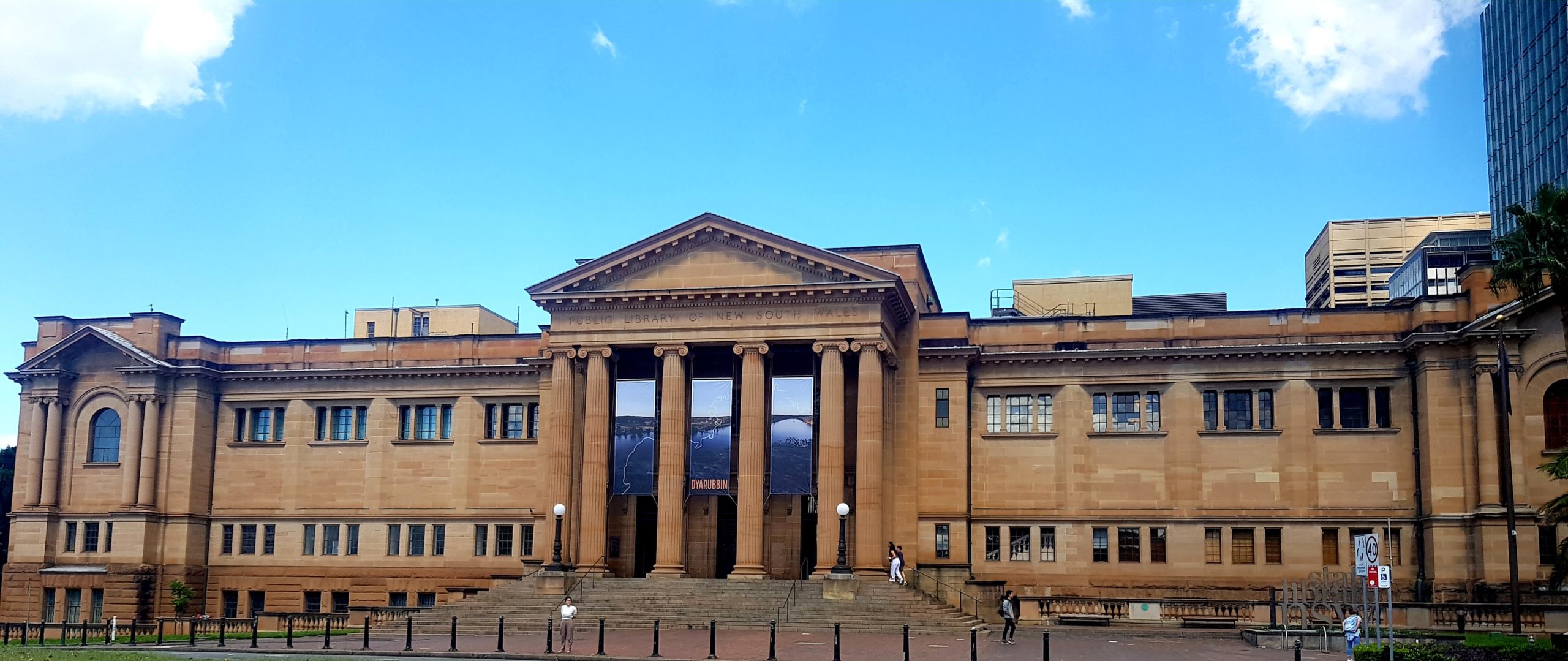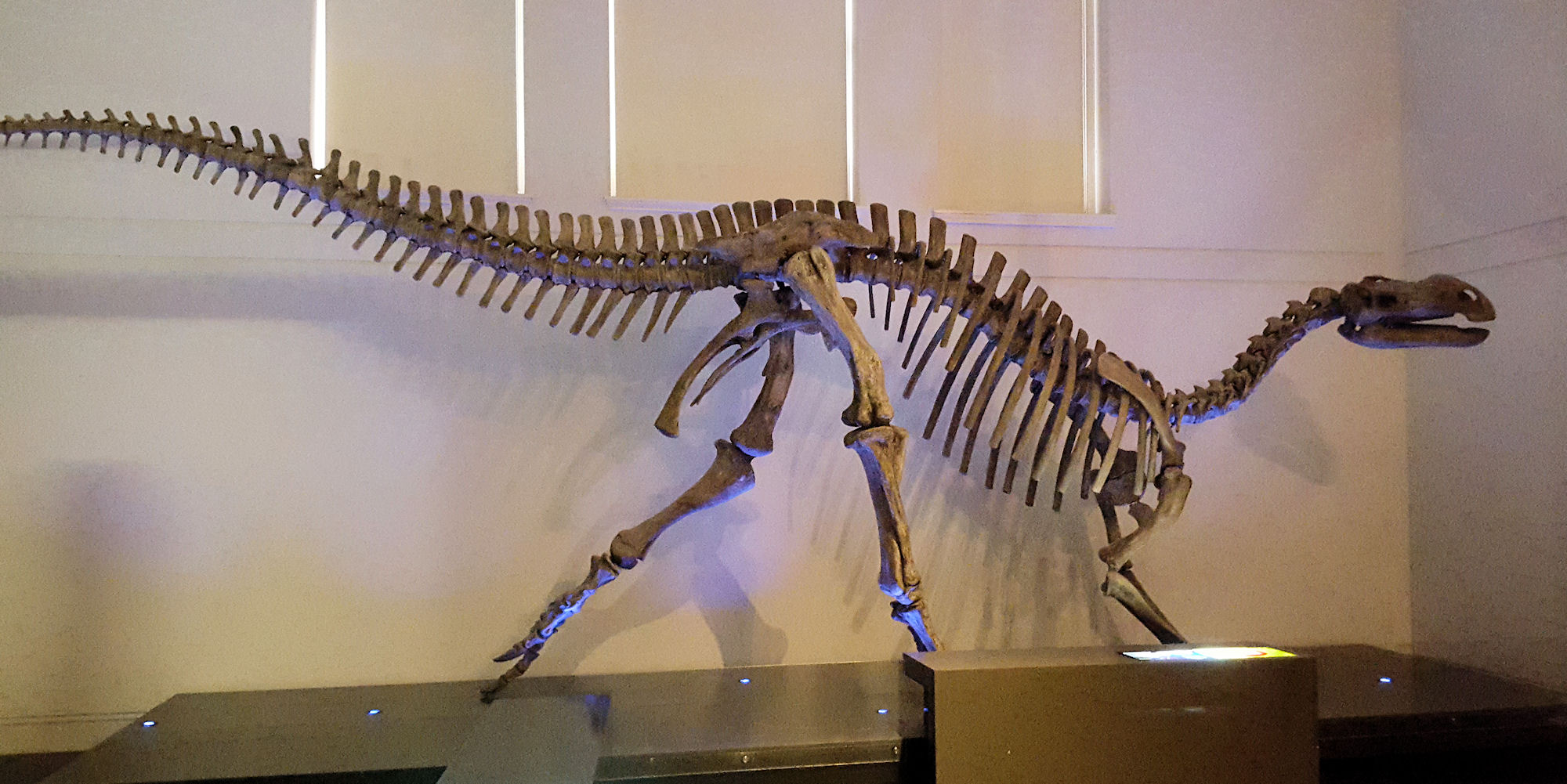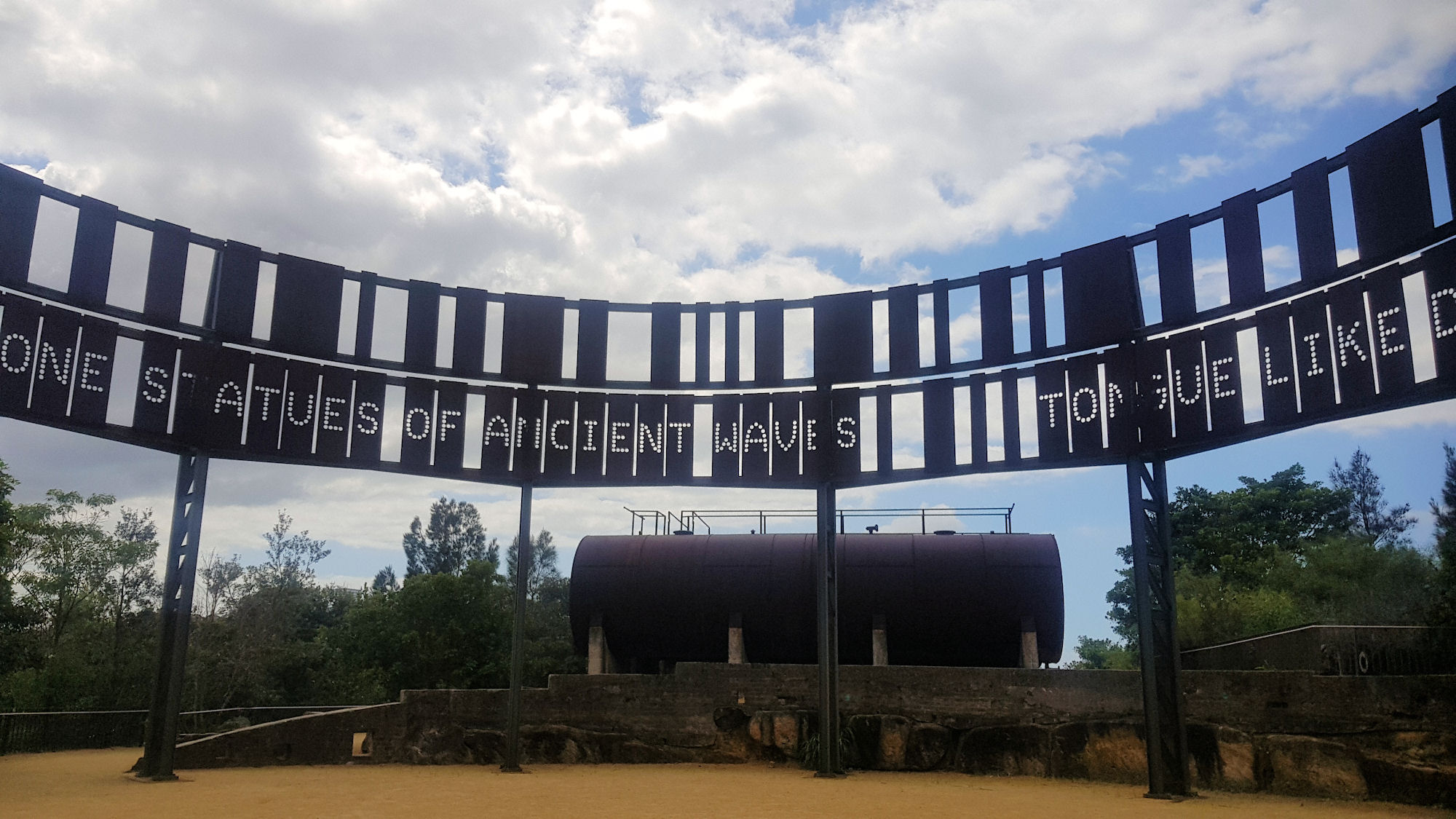Category: Building
Building
-
State Library of New South Wales

State Library of New South Wales Located at 1 Shakespeare Place in the centre of Sydney, the State Library of New South Wales is the oldest library in Australia. Established in 1826, it moved to the current building in 1910. Designed by Walter Liberty Vernon, the heritage listed building has been expanded over the years… Read more
-
Australian Museum Sydney

Australian Museum Located near Hyde Park in the centre of Sydney, the Australian Museum is a wonderful place to spend a few hours wandering around the amazing displays. Designed by colonial architect Mortimer Lewis, the current building opening in 1857, although the museum’s collection dates back to 1827. An extensive refurbishment in 2021 has resulted… Read more
-
Ballast Point Park Sydney Harbour

Ballast Point Park Getting There Located near Balmain Ferry Wharf, the easiest way to get to Ballast Point Park, is ferry. When you arrive, check out the old ferry wharf building, which is now a community library. Originally a fuel storage area, Ballast Point is now a beautifully rehabilitated public space on Sydney Harbour. Intended… Read more